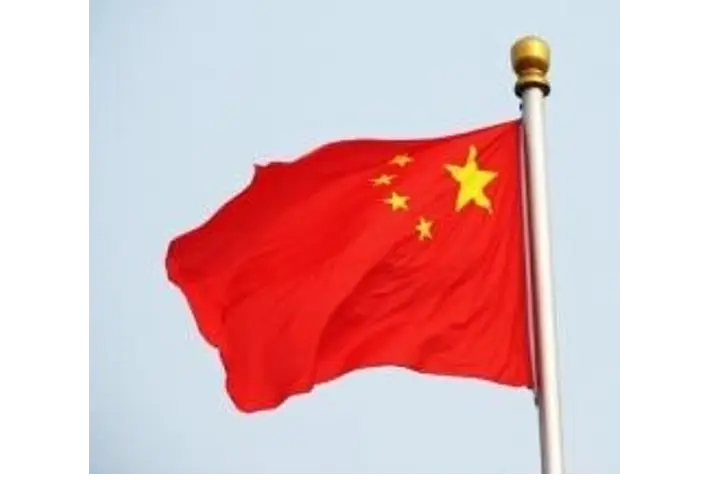For China, this year will be a crucial test unlike the beginning of 2021, when the country was almost out of the Covid 19 crisis supported by visible tailwinds that boosted the economy. After years of steady growth, China’s debt levels have come under scrutiny. Despite recording an 8.1 per cent growth in 2021, the crumbling real estate sector which has accounted for about 30 per cent of the country’s GDP coupled with the ballooning debt level owing to the collapse of mega housing developers including Evergrande will pose serious challenges.
According to reports a third of China’s real estate firms would be required to repay their debts in the next 12 months.
Also read: India-China trade touch record $126.6 bn in 2021
Nomura estimates indicate that China’s developers owe $19.8 billion in dollar-denominated offshore debt in the first three months of 2022, the Guardian said. “That is almost twice as much as the $10.2bn they were faced with in the final quarter of 2021 – a burden that caused default at Evergrande and the threat of default at several other developers such as Kaisa,” the news organization said, adding that by the second quarter of 2022, “they must find another $18.5bn.”
The widespread Covid 19 related restrictions and lockdowns in several parts of China have once again given rise to fear of disruption in the global supply chain network.
However, a few foreign policy watchers also said that the Chinese economy continues to be resilient especially with a trade surplus of a record high of $676.4 billion. In December alone, trade surplus touched a new record of $94.46 billion. In 2020, the figure was $524 billion.
“While there are challenges for the Chinese economy especially with the rising debt levels in the real estate sector, things are not as bad as they are being projected. When you have a trade surplus of over $600 billion, it gives you a big cushion. Let's understand that the real situation is not clear to the outside world due to lack of holistic data determining its economy and social markers,” Rajiv Dogra, former diplomat told India Narrative.
Dogra also pointed out that the Chinese domestic market is huge. “So we need to be cautious before drawing conclusions,” he said.
For starters, Beijing has already announced norms easing mergers and acquisitions (M&A) in a bid to rescue the troubled real estate sector.
Also read: China's real estate sector set for big shakeup with State Owned Enterprises now in pole position
Last month, guidelines were issued by the People's Bank of China (PBOC) – the country’s central bank and China Banking and Insurance Regulatory Commission facilitating loans for state owned companies acquiring bleeding real estate firms.
Most reports and analyses have suggested that the China growth story could well face a slump. Debt levels have also surged for the country’s local governments and their local government financing vehicles (LGFV) that have often been used to bail out and even finance several sectors and infrastructure projects.
To what extent can Beijing support the real estate sector? Will the country’s growth engine continue to remain strong with some minor hiccups or will it actually start cracking up? These are questions that will dominate global debates in the months to come.




















